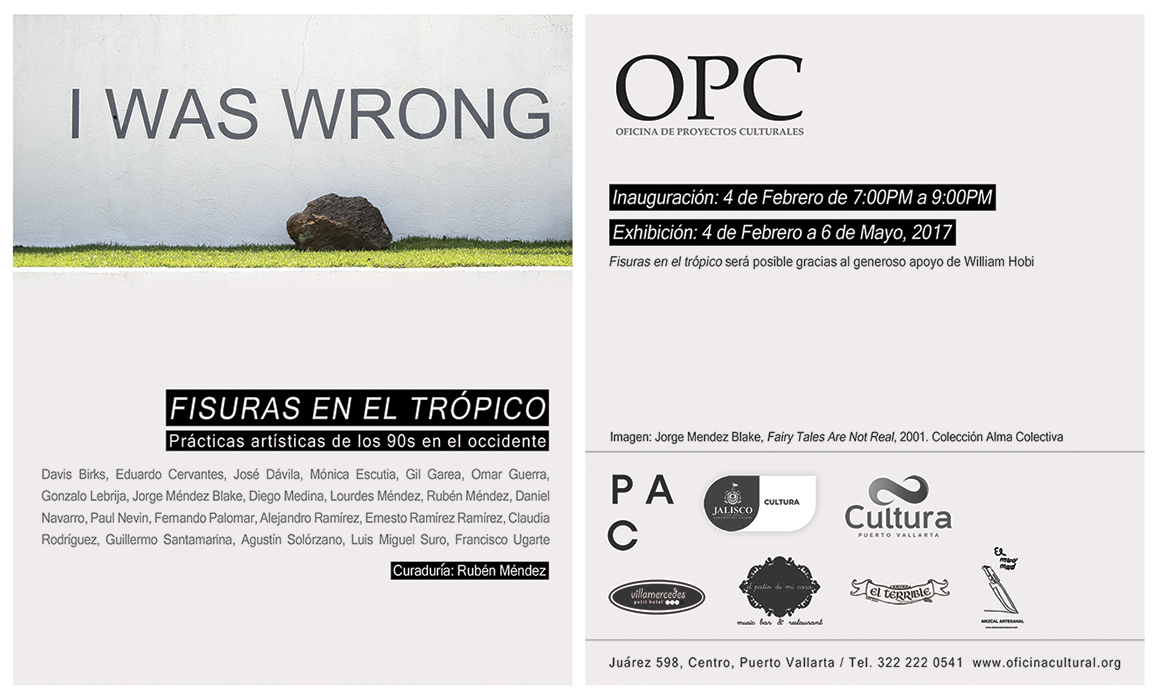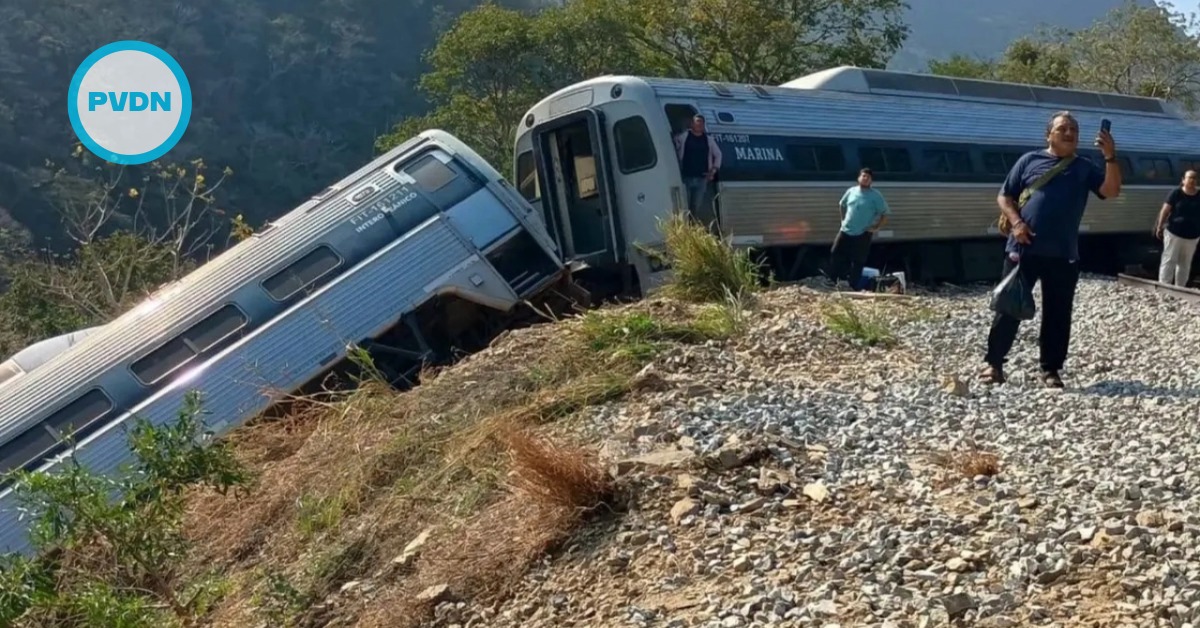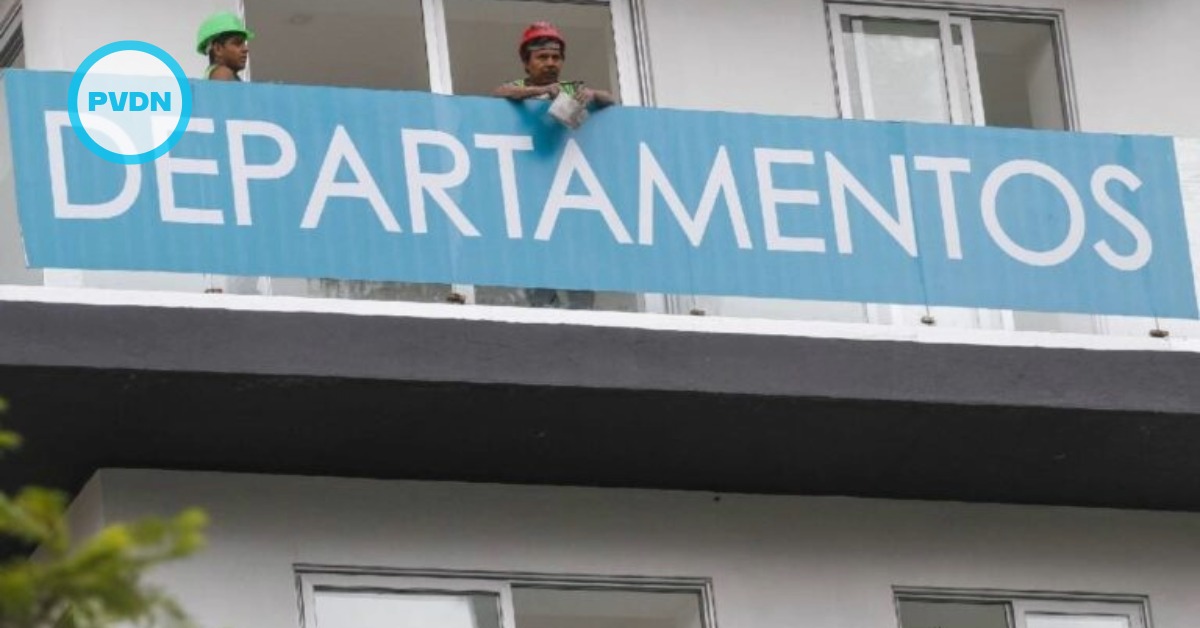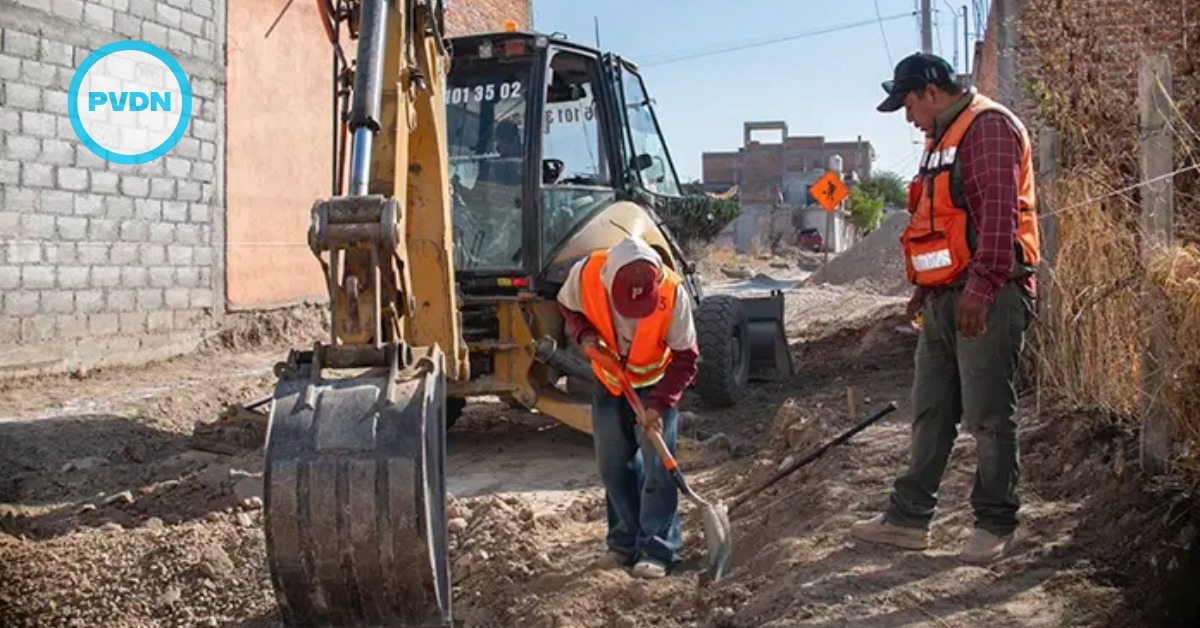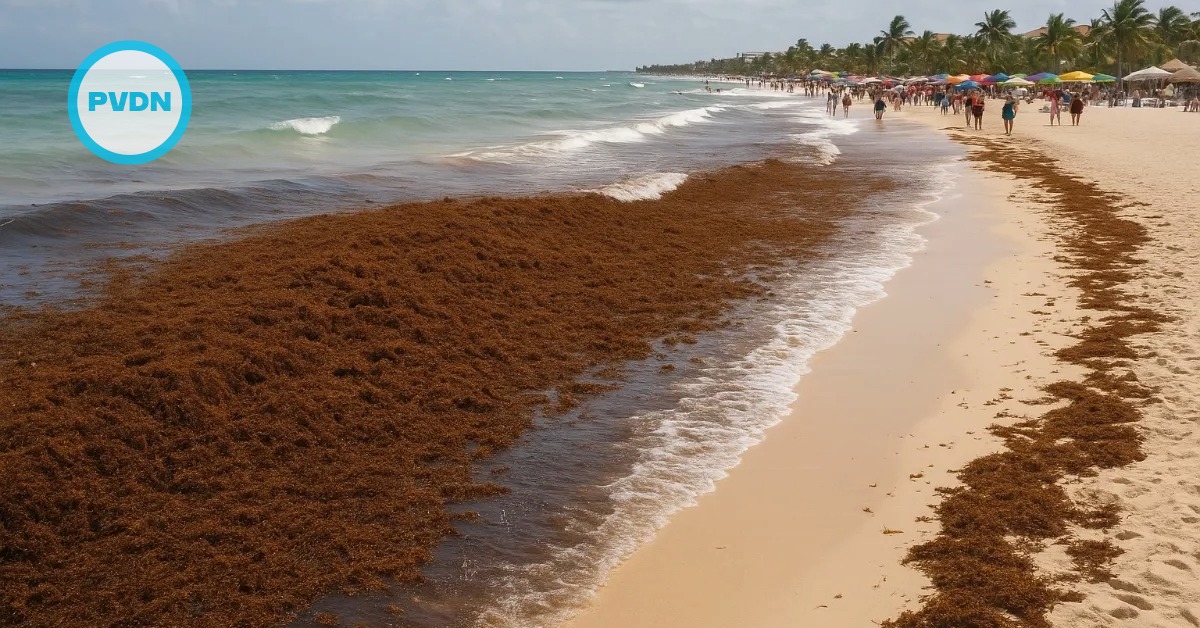The Office of Cultural Projects (OPC) has the honor to present the following exhibition of contemporary art Fissures in the Tropics: Artistic Practices of the 90s in the West, curated by Rubén Méndez. Fissures in the Tropics aims to show the production model that was carried out by a group of artists in the 90s in the west of the country and the cultural initiatives that allowed its development. The exhibition intends to not only give an account of this production, but also map the events, places, and people that were the primary actors . . .


